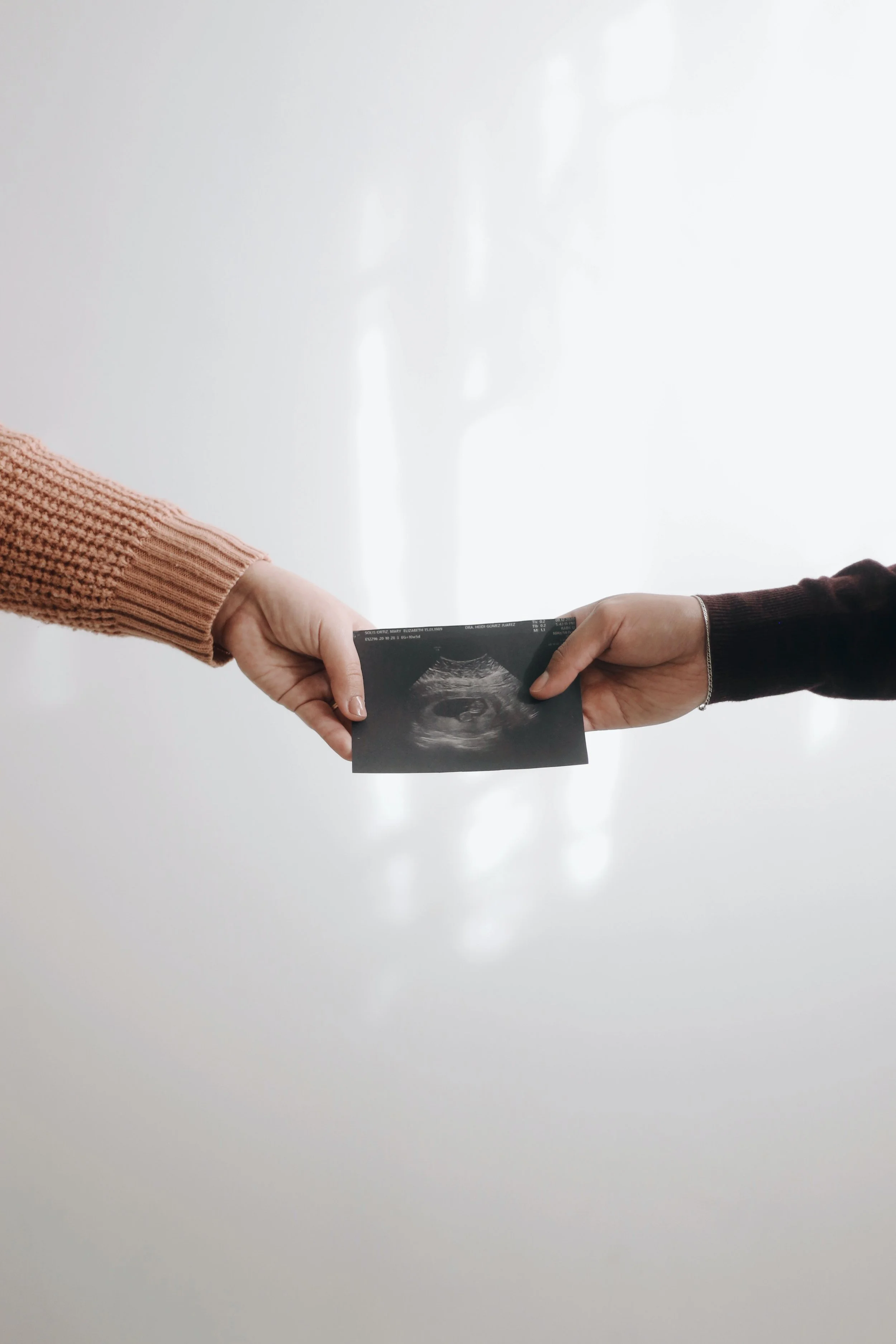Infertility & Assisted Reproduction
In a natural pregnancy, an egg develops and matures in the ovary. Ovulation is when the ovary releases that egg. The sperm travel through the uterus and into the fallopian tube to find the egg and penetrate it, which leads to fertilization. The fertilized egg, or embryo, then attaches itself to the uterus wall and begins developing into a baby.
Infertility is when people cannot conceive after a period of regular sexual intercourse without the use of birth control. Evidence suggests that roughly 10% of women aged 15–44 have difficulty conceiving or staying pregnant. Research also indicates that worldwide, 8–12% of couples experience fertility problems, around 40% stem from female factors, 40% male factors and another 20% stem from factors in both couples. Typically, fertility treatment depends on treating the cause, however, a good percentage of couples will opt assisted reproductive techniques (ART).
Procedure & Process
Assisted reproduction refers to medical procedures that aim to achieve pregnancy. These complex treatments involve influencing gametes, or eggs and sperm, to increase the chances of fertilization. ART is typically an option for people for whom other infertility treatments may not work or those who have already tried treatment but have not become pregnant. While people primarily use ART to address infertility, others may use it for genetic purposes or avoid pregnancy complications.
Techniques may differ depending on the clinic. However, IVF usually involves the following steps:
1. Superovulation
Superovulation is also known as controlled ovarian hyperstimulation. Fertility medications contain either luteinizing hormone or follicle-stimulating hormone or both. These hormones make the ovaries produce more eggs than usual. Transvaginal ultrasound can monitor the growth and progress in the ovaries.
2. Retrieving the eggs
Doctors use a minor surgical procedure known as “follicular aspiration” or “egg retrieval” to collect eggs. Under ultrasound guidance, a thin needle is inserted through the vagina and into an ovary. The needle is attached to a suction device that removes the follicular fluids and the eggs.
3. Insemination, fertilization, and embryo culture
The collected eggs are placed together with sperm and kept in an environmentally controlled chamber. After a few hours, the sperm should enter the egg.
When the sperm is directly injected into the egg, the procedure is known as an intracytoplasmic sperm injection (ICSI). Frozen sperm may be used.
The fertilized egg divides and becomes an embryo. Once the embryos reach the blastocyst stage, many fertility centers offer preimplantation genetic testing (PGT). This technique screens an embryo for chromosomal abnormalities or aneuploidies.
The woman then receives hormones and other medications to prepare the uterine lining for the embryo’s implantation.
4. Embryo transfer
Most commonly, the doctor will only transfer a single embryo. The decision to transfer more than one embryo must consider several risk factors, and the couple should discuss them with the doctor. Around 3-5 days after fertilization, the transfer of the embryo begins by using a thin catheter. It enters the uterus through the vagina. When the embryo sticks to the uterus lining, also known as implantation, a pregnancy has started, and embryo growth continues.
Potential complications may include:
Multiple pregnancy, when two or more embryos implant at a time
Side effects from fertility drug stimulation, such as ovarian hyperstimulation syndrome (OHSS)
Ectopic pregnancy, where the embryo settles outside of the uterus
Success
The Centers for Disease Control and Prevention (CDC) lists the 2018 success rates of IVF treatments per cycle egg retrieval as:
52% for people aged 35 or younger
38.1% for people aged 35–37
23.5% for people aged 38–40
7.6% for those over the age of 40
These statistics vary depending on where the procedure takes place. It may take more than one IVF cycle to result in pregnancy, and some people may not conceive with IVF at all. The benefits of IVF are an increased chance of fertilization and pregnancy.
Dr. Ehab has more than 30 years of experience in treating infertility and ART, and can help you achieve your goal. Contact us or call +201221577732 for reservation.
Contact the Clinic
Address: 13 El Batal Ahmed Abdel Aziz, Mohandessin
Phone numbers:

